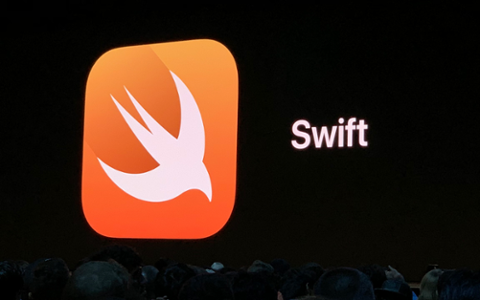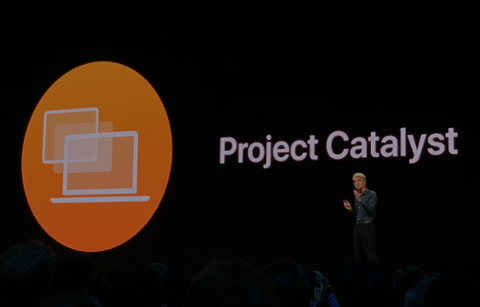Steve Jobs' Tips for Running a Better Meeting
Apple co-founder Steve Jobs was known for many things: A keen awareness of how the tech industry would evolve, a keen design sense, and a willingness to never take "no" for an answer when he really, really wanted to hear a "yes." In the years since his death, the elements of Steve Jobs' personality have led to some significant debate. Many people think he was the greatest tech CEO of all time; others view him as something of a megalomanic. But whatever the truth, one thing is for certain: the man apparently knew how to run a great meeting, and you can take some tips from that.
A few years ago, a Business Insider article dove into the key Steve Jobs techniques for running effective meetings. And for those keeping track at home, the good news is, you don’t need to be the hard-driving head of the world’s largest technology company to put at least a few of these techniques into practice. For starters, Jobs kept meetings as small as possible, kicking out anyone who wasn’t essential. This is advice echoed by other sources, and hopefully put into action by anyone who runs Agile/Scrum meetings on a regular basis. Next—and this might ultimately prove the most valuable piece of advice—Jobs made sure that individuals were directly responsible for everything under discussion. How many times have you attended a meeting where everybody arrived at a definitive conclusion or strategy, only for nothing to happen afterwards, because nobody was sure who had to do what? If you worked at Apple before 2011, such a thing would apparently never happen, because the company has a policy of appointing directly responsible individuals, who are responsible for the action items that emerge from meetings. Third—and those of you who hate PowerPoint with the fiery intensity of a thousand suns will definitely like this one—Steve Jobs disliked slide presentations, preferring meetings that featured discussion and debate. And it’s certainly true that debate can generate new and exciting ideas. There’s a reason why Amazon, currently a chief Apple rival on a number of fronts, kicks off internal meetings by having attendees read a multi-page memo about the issue at hand: not only does that sort of deep dive allow everyone to fully understand everything important, but it sets the scene for a very intensive talk among stakeholders. There’s no guarantee that following these Steve Jobs habits will allow you to build a technological empire, but at least these tips can help you run a more effective meeting. Remember, as with so many things, focus is the key.



